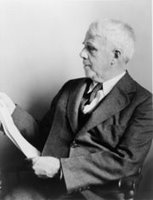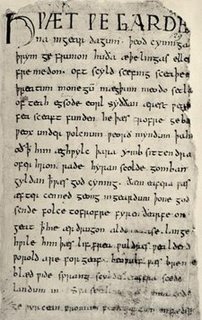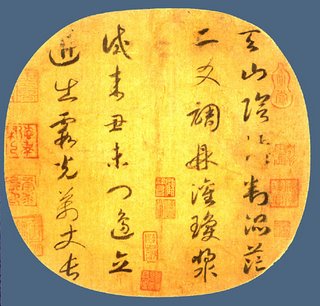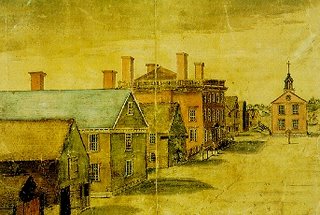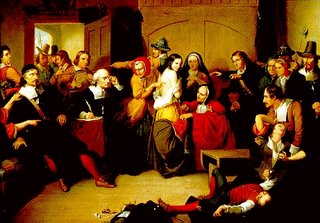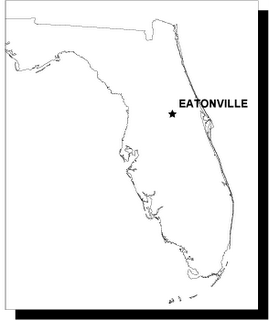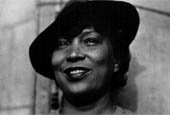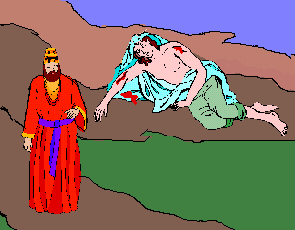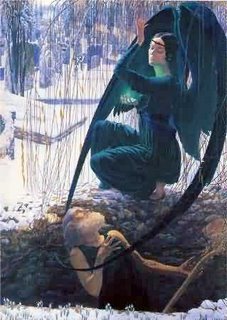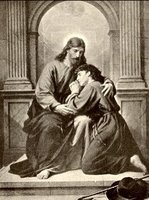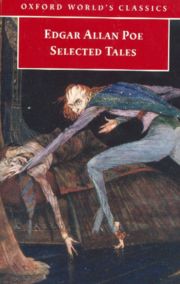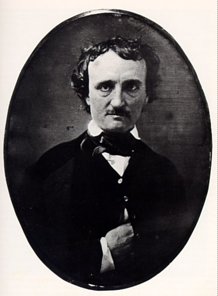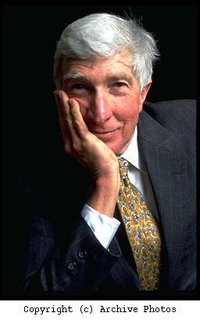
Leslie Marmon Silko: A Biographical Overview
and study guide for the English 1002 Final Exam
(Source of the article below is the Gale Literature Resource Center accessed at Louisiana State University at Eunice. Source credits as follows:
Critic: James Ruppert
Source: Reference Guide to American Literature, 3rd ed., edited by Jim Kamp, St. James Press, 1994
Criticism about: Leslie (marmon) Silko (1948-), also known as: Leslie Marmon Silko, Leslie (Marmon) Silko
Genre(s): Short stories; Autobiographies; Novels; Poetry
Leslie Marmon Silko has attracted wide national and international attention for her writing about the Southwest and the American Indian experience. Her 1977 novel Ceremony along with N. Scott Momaday's House Made of Dawn comprise the two most influential works by contemporary Native American writers. Silko's work has been widely analyzed to explore its relation with Laguna myth and culture, and often discussed in the context of minority women's expression.
Growing up in Laguna Pueblo by Rt. 66 in New Mexico, Silko was exposed to a web of various relatives, native and non-native, living on the edge of the pueblo. She soon learned that the stories they recalled about her and her family defined her in the reality of the community. As she grew, she perceived that oral tradition defined everyone in the pueblo; the stories told about an individual and her ancestors created an identity, an assigned role in the community.
Silko also was exposed to traditional Laguna stories. As she began to write, she used many of the stories she heard. Often she felt as if she had lived the old stories, especially the Yellow Woman stories. For Silko these stories transcended local detail and expressed a very deep level of human experience preserved in oral form. She perceives storytelling as a way of being, a way of perceiving and knowing the world.
Her first notice came through poetry. In 1974 she won a National Endowment for the Arts award, an award from Chicago Review, and published Laguna Woman, a volume that presented a mixture of Laguna culture and personal experience. The publication of her poetry in Carriers of the Dream Wheel and her short stories in The Man to Send Rain Clouds brought her national attention. From the latter volume, "The Man to Send Rain Clouds, "Tony's Story," and "Yellow Woman" continued to be popular favorites for anthologies. Much of Silko's material in both volumes employs traditional Laguna narratives and historical stories popular in her family and in the community.
Her novel Ceremony was published in 1977 to much acclaim. The protagonist, Tayo, is a mixed-blood Laguna experiencing devastating difficulty with reintegrating himself back into his family and Laguna society after World War II. The deaths of his cousin in the war and of his uncle Josiah back at the Pueblo accentuate the disorientation he experiences upon returning home. The novel depicts his illness through a disjointed narrative that fractures chronological time and juxtaposes mythic elements with personal experience, verse with fiction. Tayo visits an unorthodox mixed-blood Navajo medicine man, Betonie, who performs a ceremony on Tayo that aligns Tayo's illness with a larger ongoing story of illness in the world from time immemorial. He foresees four elements of a journey that Tayo must make into the mountains above Zaguna to perform his personal ceremony. During his journey, Tayo remembers many things from his past and understands their significance for his health and the health of Laguna Pueblo. He also meets a mysterious spirit woman who helps him see how his story, his ceremony, is part of a larger ceremony to defeat the forces of destruction and death. He rejects the vicious actions of some of his war buddies as they torture one of the returned veterans. Upon his return to the Pueblo, he has the ability to help the community return to harmony.
One of Silko's main themes is the important role in cultural change to be played by people marginalized by a community. For Silko, the ceremonies must keep changing or the life of the community dies, and the mixed-blood is in the position to assure that change leads to life-giving structures. Silko juxtaposes lines of what appear to be poetry with the prose of her novel; however, much of the verse material is mythic, both from Laguna tradition and Silko's creative vision, not poetry. She wanted the verse lines to be heard like oral performances. Her interest in bringing the oral into the written is also shown in the frame she gives the novel. She starts by asserting that the story presented to the reader is taking place in Thought- Woman's mind. Thus this character from Laguna cosmology creates the reality the reader experiences. Furthermore, the stories hold off illness and death, fight evil, and create new ceremonies. Then she frames the body of the novel with the word "sunrise," a technique used in certain Laguna prayers.
In addition to their oral origins, these elements also work to give the novel a religious function. The function of the frame is to incorporate Tayo and the reader into a mythic vision of the world, or what Silko calls "the old, old, old way of looking at the world." Tayo must learn "the ear for the story, the eye for pattern." When he does that he realizes that there are no boundaries between time and space, only transitions. He has not been crazy, but has just seen the world as it truly is. Tayo makes sense of the disjointed elements of his life, as does the reader. The mythic struggle between the Destroyers and those who fight for life becomes central to Tayo's story, and the reader is encouraged to join the fight against the Destroyers. In this way, the novel becomes a ceremony for the reader.
Silko's next book, Storyteller, combines family stories, Laguna traditional narratives, family and community photographs, uncollected short stories, poetry, and personal memories. While the book reveals some personal information about Silko and her family, it is more concerned with exploring a family and a community through the stories it tells. Some critics have seen this as an expression of a collective sense of self. Silko has noted that one of her goals was to "clarify the relationship between the stories I heard and my sense of storytelling and language that had been given to me by the old folks, the people back home." To do this, she drops any chronological structure, opting for a juxtaposition of material from various sources to re-create something of the narrative background for her writing.
In 1991, Silko published her second novel, Almanac of the Dead. This ambitious book intertwines the lives of a dozen or so characters into a series of juxtaposed and interlocking narratives. The setting of the novel moves all across North America from Alaska to Mexico to Central America. While placed in the near future, the novel evokes the history of European exploitation of the continent. Silko hypothesizes the existence of a Mayan Almanac that tells of the epochs of the past and foretells of the future. Using the Almanac structure allows Silko to experiment with juxtaposing narratives of the violent and spiritless Euro-Americans with the story of a swelling, spiritually-oriented group of peasants who attempt to regain the continent.
More political and historical than Ceremony, Almanac of the Dead prophesies the end of the Dead-Eye Dog era, which has dominated life in the Americas for the last five hundred years. With the start of the Fire-Eye Macaw era, many diverse forces converge on a holistic healers convention in Tucson. Eco-terrorists, homeless Vietnam vets, oppressed descendants of African slaves, and displaced Native Americans are brought together by a barefoot Hopi prophet and his Mexican Indian twin brother, the leaders of the peasant movement that begins swarming across the hemisphere. Each dissident group hears the spirits of the Americas call out to reject the European desecration of North and South America. Spirits of the displaced African gods have united with the spirits of Native America. Fed by the bitterness and blood of millions, they seek revenge through various avenues, including catastrophic natural disasters. As one character concludes, "the Americas were full of furious, bitter spirits; five hundred years of slaughter had left the continents swarming with millions of spirits that never rested and would not stop until justice had been done."
While not prodigious in her output, Silko has always been experimental, and her work has been solidly rooted in Native American experience. She is one of the most important contemporary Native American writers. Arguably, she is the Native writer most concerned with bringing the oral into the written. Her work reflects the problems and potentials of that bridging and also connects the two worldviews that support those modes of expression.
Source: James Ruppert, "Leslie Marmon Silko: Overview," in Reference Guide to American Literature, 3rd ed., edited by Jim Kamp, St. James Press, 1994.
Source Database: Literature Resource Center



